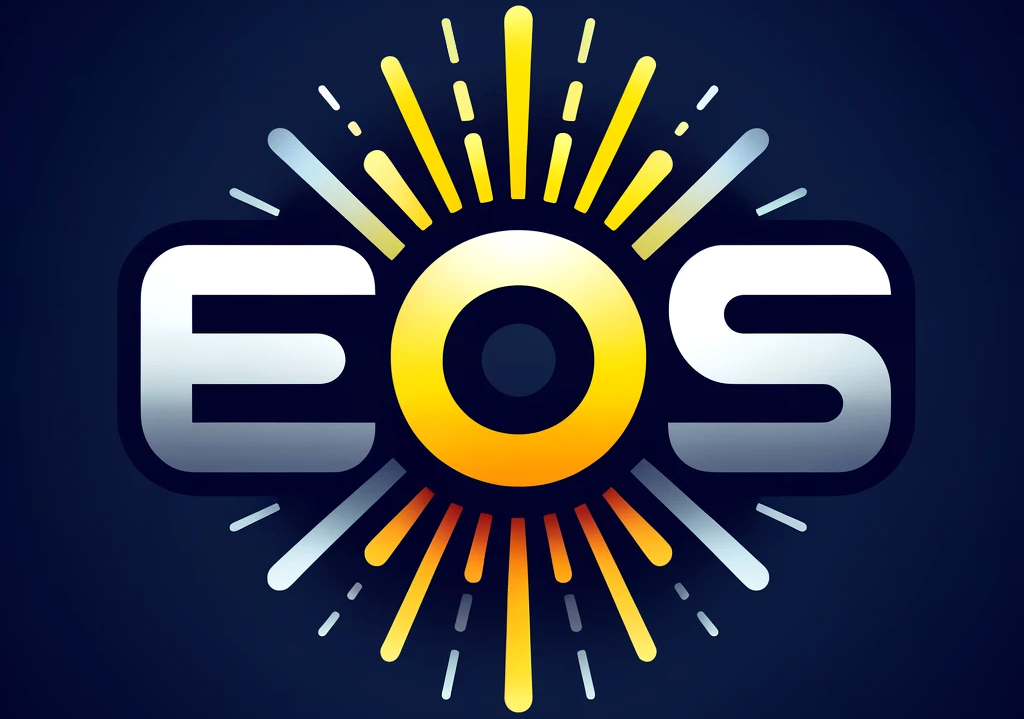Installation#
EOS should be installed on a central laboratory computer that is easily accessible.
Note
EOS requires bi-directional network access to any computers used for automation.
Using an isolated laboratory network for security and performance is strongly recommended. See infrastructure setup for details.
EOS requires PostgreSQL and MinIO for data and file storage. We provide a Docker Compose file to set up these services.
1. Install uv#
uv manages dependencies for EOS.
curl -LsSf https://astral.sh/uv/install.sh | sh
powershell -ExecutionPolicy ByPass -c "irm https://astral.sh/uv/install.ps1 | iex"
2. Install EOS#
# Clone repository
git clone https://github.com/UNC-Robotics/eos
cd eos
# Create and activate virtual environment
uv venv
source .venv/bin/activate
# Install dependencies
uv sync
3. Configure EOS#
# Set environment variables
cp .env.example .env
# Edit .env file and provide values
# Configure EOS
cp config.example.yml config.yml
# Edit config.yml and provide values
4. Launch External Services#
# Start external services (PostgreSQL and MinIO)
docker compose up -d
5. Start EOS#
eos start
By default, EOS loads the “multiplication_lab” laboratory and “optimize_multiplication” experiment from an example package. You can modify this in the configuration file.
